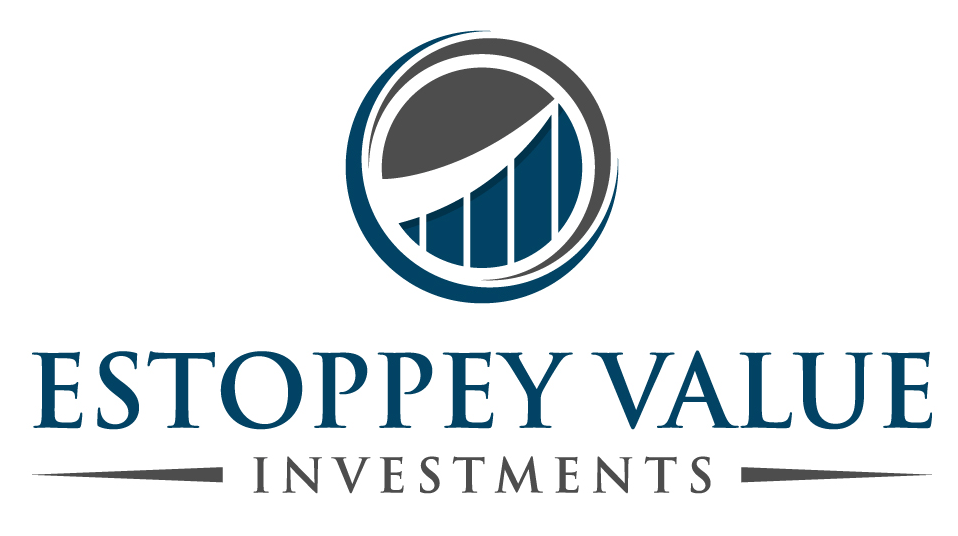Would you like to invest your money? Get in touch with an expert:
O'Shaughnessy is
chairman, chief investment officer and
portfolio manager at O'Shaughnessy Asset Management. He primarily focuses on quantitative equity analysis, portfolio management, research, and investment modeling. He has authored numerous books, including the
bestseller, «What Works on Wall Street». O'Shaughnessy's investment style combines
momentum and
value investing with fundamental analysis. The investment strategy he developed is known as the
Trending Value Strategy. His investment strategy has been the subject of several U.S. patents, and Forbes.com has recognized him as a Legendary Investor.
Biography
On May 24, 1969, James P. O'Shaughnessy was born in Saint Paul, Minnesota. He attended Saint Thomas Academy as a teenager. Growing up, he developed an interest in the stock market and in analyzing stocks; for instance, he studied the characteristics of the companies in the Dow Jones Industrial Average stock index. In 1986, O'Shaughnessy graduated with a Bachelor of Arts degree in economics from the University of Minnesota. O'Shaughnessy began his career with a family-owned venture capital firm. According to O'Shaughnessy, one of his colleagues suggested that O'Shaughnessy's findings might also be relevant to the management of pension funds. Thus, O'Shaughnessy established O'Shaughnessy Capital Management in 1988. The company advises large pension funds and foundations.
It was due to his interest in quantitative analysis that O'Shaughnessy continued to conduct research.
He wrote several books:
- «Invest Like the Best: Using Your Computer to Unlock the Secrets of the Top Money Managers», 1994
- «How to Retire Rich: Time-Tested Strategies to Beat the Market and Retire in Style», 1998
- With its first edition in 1997, this title continues to be the bestselling: «What Works on Wall Street: A Guide to the Best-Performing Investment Strategies of All Time»
Further professional achievements:
- 1996 - O'Shaughnessy established his own mutual fund: Cornerstone Growth and Cornerstone Value.
- 1997 - Royal Bank of Canada has launched the RBC O'Shaughnessy Mutual Fund for Canadian investors. The RBC O'Shaughnessy family of funds currently consists of seven mutual funds.
- 1999 - Netfolio has been established: Using Netfolio, private investors can build diversified portfolios online. The company was closed in 2001.
- 2000 - Hennessy Advisors acquires O'Shaughnessy Capital Management's mutual fund family.
- 2001 - The O'Shaughnessy Capital Management team has relocated to Bear Stearns Asset Management (BSAM), where O'Shaughnessy served as Senior Managing Director and Executive Director of Systematic Equity.
- 2007 - O'Shaughnessy agrees with Bear Stearns to spin off his Systematic team from BSAM and establish O'Shaughnessy Asset Management, LLC.
The Trending Value Strategy was developed by O'Shaughnessy. The fourth edition of James O'Shaughnessy's best-selling book, «What Works on Wall Street», introduces «the best stock market strategy in 50 years». He ranks companies according to five to six valuation metrics, as well as a momentum factor, instead of focusing solely on one valuation metric.
The first step is to analyze the companies according to the following valuation metrics and divide them into 100 groups (percentiles). Prior to discussing the trending value strategy, the six valuation metrics are briefly explained.
Price-to-Book Ratio
The price-to-book ratio is used to compare a company's market capitalization with its book value. It is calculated by dividing the company's share price by its book value. In general, companies with price-to-book ratios of less than one are considered to be sound investments. However, Industry-specific differences may exist.
Price-to-Sales Ratio
A
price-to-sales ratio is a method of valuing a company by comparing its share price with its
revenue. In other words, it represents the value that the financial markets place on each franc of a company's
sales.
EBITDA-to-Enterprise Value (EV)
EBITDA-to-EV is a financial valuation metric used to measure a company's return on investment. Due to the fact that it adjusts for differences between companies, the EBITDA-to-EV ratio may be preferred over other return measures. By using EBITDA, it is possible to adjust for differences in capital structure, taxation, and fixed asset accounting. Furthermore, enterprise value adjusts for differences in a company's capital structure.
Price-to-Cash Flow Ratio
A price-to-cash flow ratio is a measure of a company's stock price in relation to its operating cash flow per share. In order to calculate the ratio, operating cash flow (OCF) is divided by net income. OCF includes non-cash expenses such as depreciation and amortization. Analysts use the price-to-cash flow ratio, especially for companies that have positive cash flows but are unprofitable due to high non-cash expenses. In contrast, in the discounted cash flow method, the free cash flow is used - also referred to as free cash flow (FCF).
Price-to-Earnings Ratio
In order to value a company, the price-earnings ratio measures the current share price in relation to earnings per share (EPS).
Shareholder Return
An investor's shareholder return - also known as total shareholder return (TSR) - is the total amount shareholders earn from a stock or share investment: Either through share buybacks, dividends, or repayment of debt.
The Implementation of the Trending Value Strategy
The calculation, respectively the ranking of the trending value strategy, works as follows: Based on the above valuation metrics, each company is ranked and then its combined ranking is determined.
For example: If a company's price-to-sales ratio is among the lowest 1% of the data set, it receives a price-to-sales rank of 1. A low value indicates that an investor can expect relatively high sales for a one franc investment. However, if the company has a price-to-sales ratio that is among the highest percentage of all companies in the data set, the company receives a price-to-sales rank of 100. The same calculation is repeated for each of the valuation metrics. However, for some valuation metrics, the reverse is true, e.g. EBITDA-to-EV: If a company is among the highest 1%, then it is ranked 1.
Each company is assigned a percentile ranking from 1 to 100 for each valuation metric. When a value is missing, it receives a score of 50, which represents the middle of the ranking and is therefore considered neutral. Once all the companies have been ranked in terms of all the evaluation metrics, all the values for each company are added together. Subsequently, all companies are ranked in percentiles from 1 to 100 in a combined ranking. The final result is referred to as the Value Composite. A Value Composite of 1 means that the company is among the 1% most favorable companies.
The second step consists of selecting the top 10% of companies based on the value composite score. Subsequently, the shares are sorted according to a momentum factor (6-month price index). Using the momentum indicator, it is possible to determine how the share price has performed over the last six months.
This results in an extremely favorable group of companies, whose prices have risen over the past six months.
O'Shaughnessy evaluated three different Value Composite (VC) scores, each based on a different set of criteria:
- Value Composite 1 (VC1): VC1 is based on the first 5 valuation metrics, therefore excluding shareholder return. Using this ratio, the backtest yielded an annual return of 17.18%.
- Value Composite 2 (VC2): VC2 is based on all 6 ratios. O'Shaughnessy uses this metric in the trended value strategy because the backtest showed a 12 basis point improvement in annual total return to 17.3%, lower standard deviation, and lower downside risk.
- Value Composite 3 (VC3): Works like Value Composite 2, but the last valuation metric (shareholder return) is replaced by the redemption yield. Some investors don't care if a company pays
dividends or want to avoid them because they can be taxed very heavily. This Value Composite yields an even higher return of 17.39% per year, but with a slightly higher standard deviation compared to the Value Composite 2.
Would you like to invest your money?
Speak to an expert.
Your first appointment is free of charge.



